Itez news
Stay up to date with the latest stories and commentary brought to you by itez, a handy service for purchasing crypto.
Subscribe
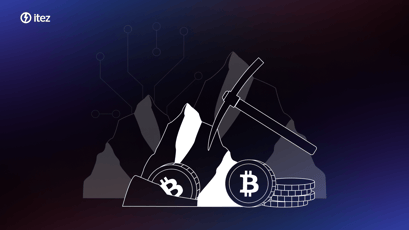 What is Bitcoin mining? An in-depth guide
What is Bitcoin mining? An in-depth guide
Bitcoin mining is a highly popular activity within the crypto community, which can be quite profitable. In this piece, we'll delve into what crypto mining is, how Bitcoin mining operates, what you need to become a crypto miner, and how to generate passive income from it. If you're ready, let's dive in!
 Comprehensive guide to The Open Network (TON) and Toncoin
Comprehensive guide to The Open Network (TON) and Toncoin
Explore our in-depth guide to TON, the innovative blockchain platform by Telegram, and learn everything about Toncoin and its impact on the crypto market.
 Understanding cryptocurrency: a comprehensive guide
Understanding cryptocurrency: a comprehensive guide
Are you a newcomer to the crypto market or looking to refresh your knowledge? Then this article is sure to pique your interest! Here, we've gathered everything in one place: from defining what cryptocurrency is and how it works to the concepts of blockchain and mining.
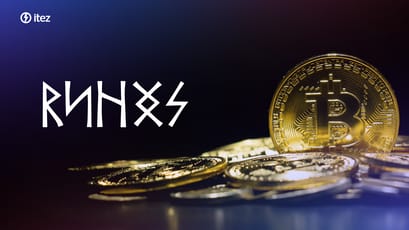 What is Runes—why do we need them and what's wrong with the project
What is Runes—why do we need them and what's wrong with the project
Learn what Runes is all about and why the protocol's launch divided the crypto community into optimists and pessimists.
 Top crypto events in May 2024
Top crypto events in May 2024
In May, we’re going on a big journey to the world of blockchain and Web3, with stops in Hong Kong, Germany, Poland, Portugal, and the Czech Republic.
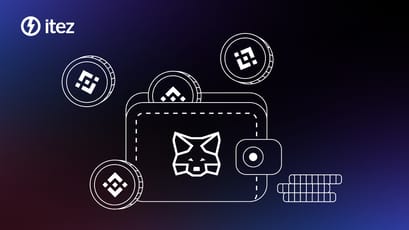 Connect MetaMask to Binance Smart Chain (BSC): a comprehensive guide
Connect MetaMask to Binance Smart Chain (BSC): a comprehensive guide
Learn how to connect MetaMask to Binance Smart Chain (BSC) with our comprehensive step-by-step guide.
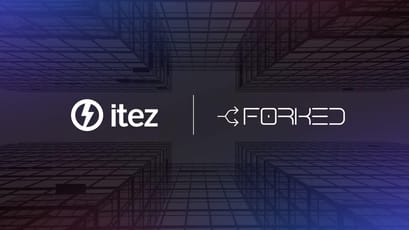 itez has become a sponsor of FORKED!
itez has become a sponsor of FORKED!
FORKED is a pivotal gathering for founders of rapidly growing companies at crucial stages of their development.
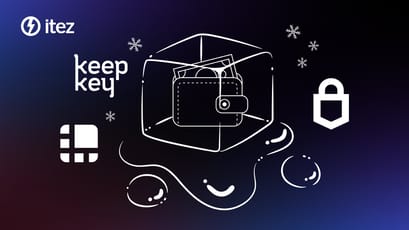 Best cold wallets of 2024
Best cold wallets of 2024
Read through it, and you'll discover what cold wallets are, their advantages, how to choose the perfect option for your needs, and which wallet can be deemed the best in 2024.
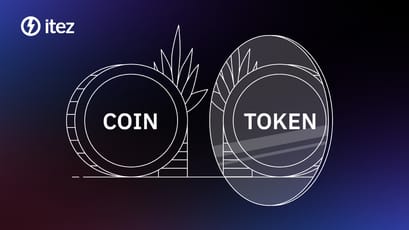 The difference between coin and token: understanding crypto assets
The difference between coin and token: understanding crypto assets
Discover the key differences between coins and tokens in the cryptocurrency ecosystem. Learn about their features, roles, and examples in this comprehensive guide.
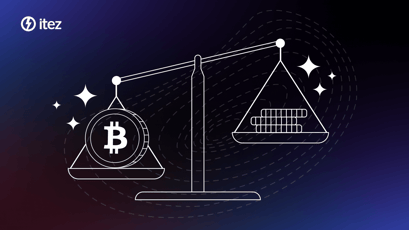 Margin trading crypto: a comprehensive guide to leveraged trading
Margin trading crypto: a comprehensive guide to leveraged trading
You've probably heard the term margin trading at least once in your life. We'd actually be surprised if you answered "no"! After all, this type of trading is one of the oldest and remains the most common one. Like all successful ventures, it evolved and kept up with the times to grow into what we're discussing today – cryptocurrency margin trading.


